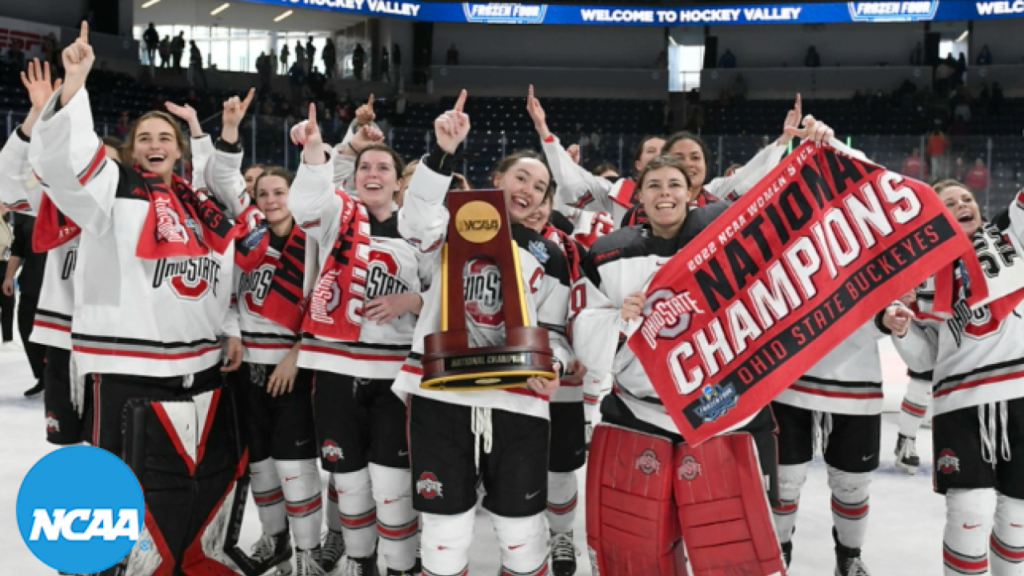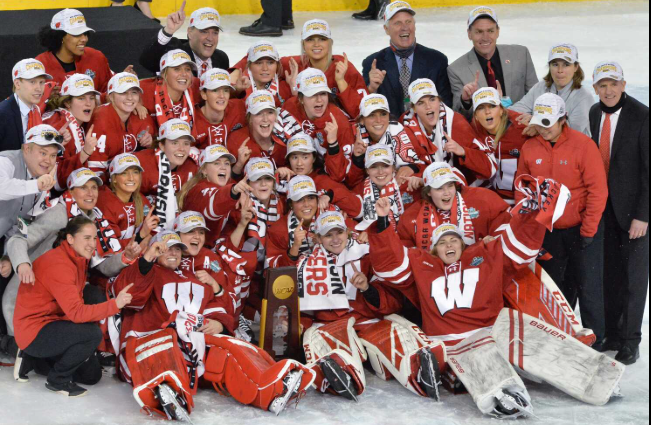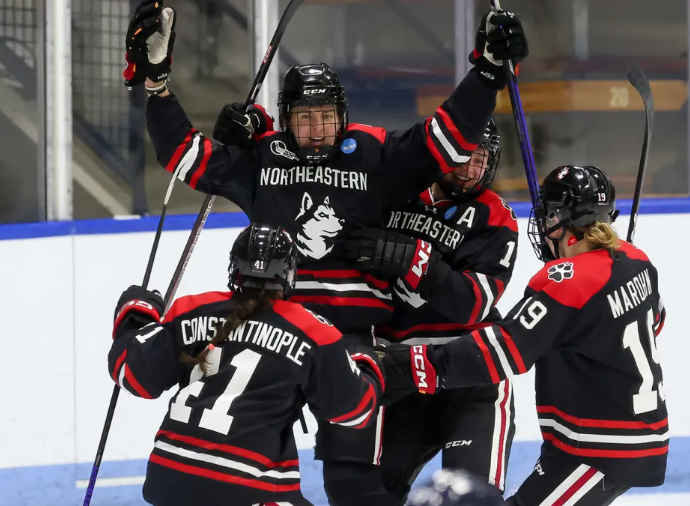Women’s college hockey is highly competitive, with NCAA Division I programs leading the charge in developing elite talent. While every D1 program offers athletes the opportunity to compete at the highest collegiate level, certain programs consistently rise above the rest. These top-tier programs distinguish themselves not just through their records, but through the resources, culture, and opportunities they provide.

Here’s a closer look at what sets apart the top D1 women’s hockey programs:
1. Elite Coaching and Development
The best programs are often led by experienced and highly regarded coaching staffs. These coaches bring a wealth of knowledge, including tactical expertise, player development strategies, and the ability to foster team cohesion. They prioritize both individual growth and team success, ensuring that athletes not only perform at their best during college but are also prepared for professional or national team opportunities.
Programs like the University of Wisconsin and the University of Minnesota, for example, consistently produce players who excel in international competitions and professional leagues, thanks to their focus on skill development and game strategy.

2. Winning Culture and Tradition
A strong culture of success is a hallmark of top D1 programs. Teams with a history of winning championships and competing at the Frozen Four attract high-caliber recruits who want to be part of a legacy. This tradition fosters a sense of pride and accountability among players, pushing them to perform at their best.
Schools like Boston College, Clarkson University, and Northeastern University are known for their rich hockey traditions and competitive spirit, which help maintain their status as top programs.
3. State-of-the-Art Facilities
Top programs invest heavily in their facilities to provide athletes with the best resources for success. This includes world-class arenas, strength and conditioning centers, video analysis tools, and recovery amenities. These facilities not only enhance performance but also create an environment where athletes feel valued and supported.
Programs like UConn and Boston University have made significant investments in their hockey facilities, which play a crucial role in attracting top recruits.
4. Strong Academic Support
Top D1 programs recognize that their athletes are students first. They provide robust academic support systems, including tutoring, study spaces, and flexible schedules that accommodate the demands of being a student-athlete. Schools like Harvard University and Cornell University are known for balancing athletic excellence with academic rigor, offering athletes the best of both worlds.

5. National and International Exposure
Programs that regularly compete at the highest level often have players on national team rosters and in international tournaments. This exposure benefits players by providing additional competitive opportunities and raising their profiles among scouts. Programs like the Northeastern University, University of Minnesota Duluth and Ohio State University have strong connections to international hockey, further elevating their status.
6. Recruiting and Alumni Network
A key differentiator for top programs is their ability to recruit top talent from across North America and beyond. These programs have extensive scouting networks and strong relationships with youth and junior hockey organizations. Additionally, their alumni networks often include Olympians and professional players, creating a powerful draw for recruits who aspire to follow in their footsteps.
Final Thoughts
What sets apart top D1 women’s hockey programs is a combination of excellence on and off the ice. From coaching and facilities to culture and academic support, these programs create environments where athletes can thrive. For recruits aiming to play at the highest level, understanding these factors can help guide their decisions and set them on the path to success.
